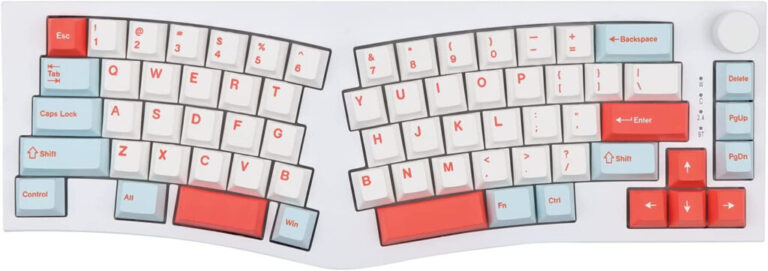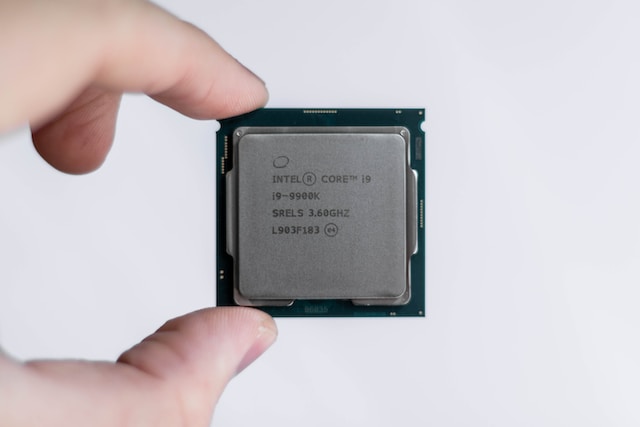From the First PlayStation to the PS5: Tracing the Growth of Sony’s Gaming Brand
The PlayStation console series has been a major player in the video game industry since the launch of the first PlayStation console in Japan in 1994. Over the years, PlayStation has introduced many groundbreaking features and technologies and has sold over 550 million units worldwide. In this article, we’ll take a look at the history of PlayStation and the impact it has had on the gaming industry.
The birth of PlayStation
The story of PlayStation begins with a partnership between Sony and Nintendo in the early 1990s. The two companies were working on a project to develop a CD-ROM add-on for the Super Nintendo Entertainment System (SNES). However, the partnership fell apart, and Sony decided to use the technology it had developed to create its own gaming console.

In 1994, the first PlayStation console was launched in Japan, followed by North America and Europe in 1995. It had a 32-bit processor and was designed to compete with the Sega Saturn and Nintendo 64.
The PS1’s launch lineup included popular titles such as Ridge Racer, Wipeout, and Tekken. It also introduced iconic franchises such as Final Fantasy VII and Metal Gear Solid, which helped establish the PlayStation brand as a powerhouse in the gaming industry.
In 2000, Sony released the PlayStation 2, which was backwards compatible with PS1 games. This allowed players to continue enjoying their favorite PS1 games on the new console, and also helped extend the lifespan of the PS1.
PlayStation 2: The best-selling console of all time
The launch of the PlayStation 2 in 2000 was a major milestone for the PlayStation brand. It was the first video game console to use DVD as its primary storage medium, and it became the best-selling video game console of all time, with over 155 million units sold.
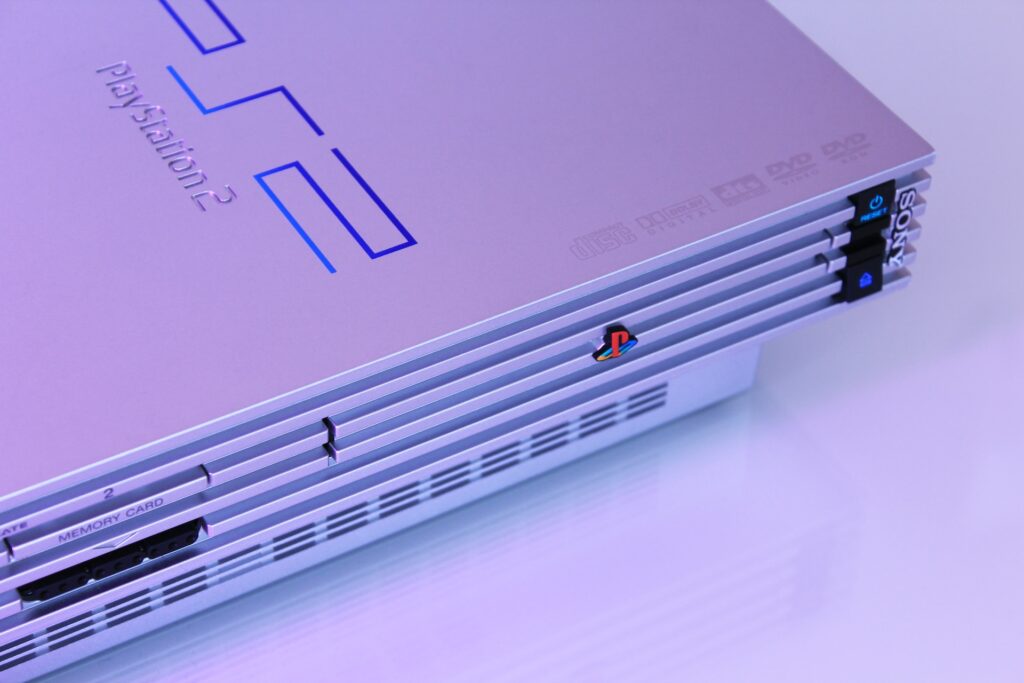
The PS2’s development began in 1997, shortly after the launch of the original PlayStation. The console was designed to be backward compatible with the PS1 and also introduced several new features, such as the ability to play DVDs and support for online gaming.
The PS2’s launch lineup included popular titles such as Gran Turismo 3: A-Spec, Tekken Tag Tournament, and SSX. It also introduced iconic franchises such as Grand Theft Auto III and Kingdom Hearts, which helped establish the PS2 as a success for years to come.
The PS2 introduced several innovations that would become standard in future consoles. For example, it was the first console to use the DualShock 2 controller, which featured improved analog sticks and pressure-sensitive buttons. It was also the first console to offer online gaming, with the release of the Network Adaptor accessory in 2002.
The PS2 was succeeded by the PlayStation 3 in 2006, but it continued to be popular for many years thanks to its backwards compatibility with PS1 games and its massive library of titles. The console was officially discontinued in 2013.
PlayStation Portable and PlayStation 3
In 2004, Sony launched the PlayStation Portable (PSP), a handheld console that used UMD discs and was designed to compete with the Nintendo DS. The introduction of online gaming through the PlayStation Network was also a major milestone for the brand. In 2006, the PlayStation 3 was launched, using Blu-ray as the primary storage medium and introducing a new level of graphics and processing power.
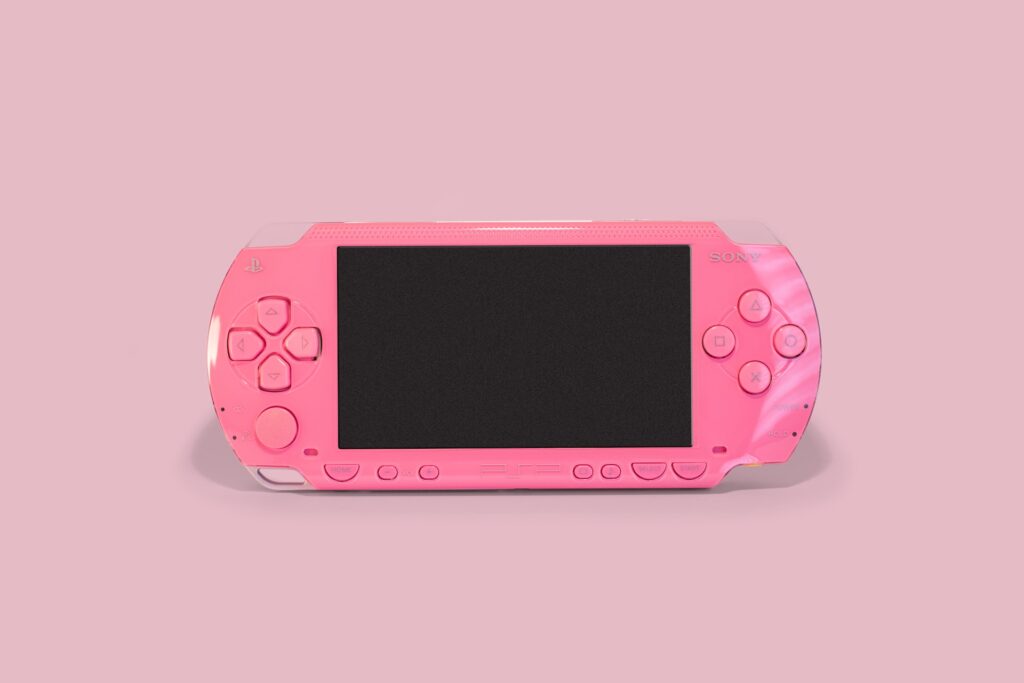
The PSP’s development began in 2003, with the goal of creating a handheld console that would offer console-quality gaming on the go. The console was designed to be powerful enough to support 3D graphics and advanced gameplay mechanics, such as dual analog sticks and wireless connectivity.
The PSP’s launch lineup included popular titles such as Wipeout Pure, and Lumines. It also introduced new franchises, such as Patapon and LocoRoco, which were specifically designed for the PSP’s unique capabilities.
The PSP offered several other features, such as the ability to play music and movies, and access to the internet through its built-in web browser. It was also the first handheld console to offer online gaming through the PlayStation Network.
The PSP was succeeded by the PlayStation Vita in 2011, The console was officially discontinued in 2014.
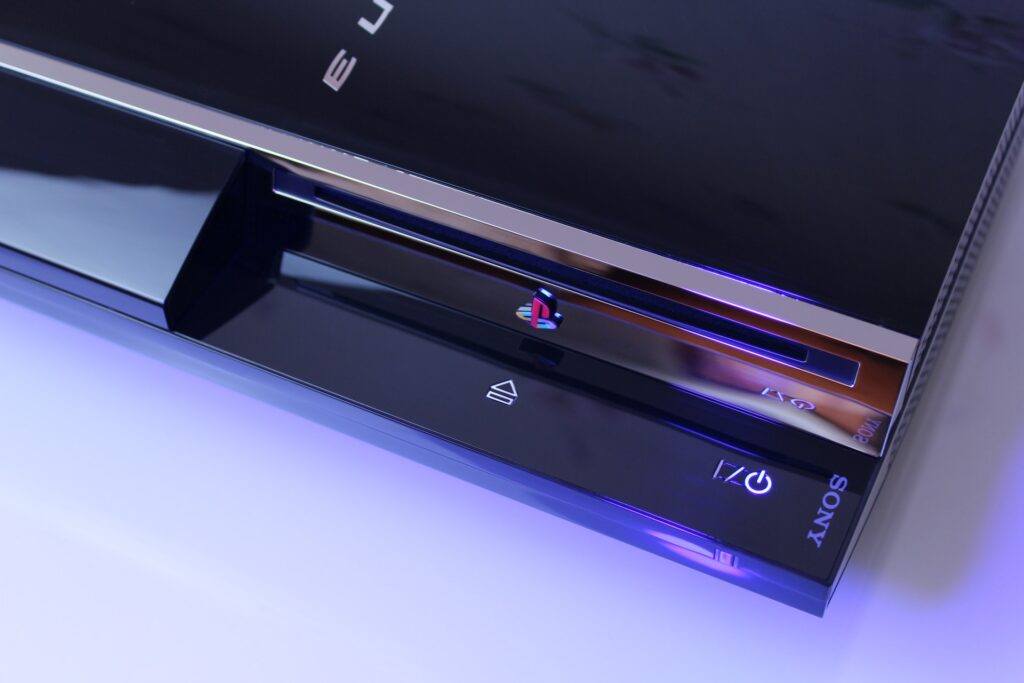
The development of the PS3 began in 2001, shortly after the launch of the PS2. Sony invested heavily in developing new hardware for the console, including the Cell microprocessor and the Blu-ray disc format. The PS3 was also designed to support online gaming through the PlayStation Network.
The PS3’s launch lineup included popular titles such as Resistance: Fall of Man, MotorStorm, and Heavenly Sword. It also introduced iconic franchises such as Uncharted and The Last of Us, which helped establish the PS3 as a dominant force in the gaming industry.
The PS3 faced several challenges during its lifespan, including high pricing and a difficult-to-develop-for architecture. However, over time, Sony addressed many of these issues and the console became more popular. In addition to its impressive game library, the PS3 also offered several other features, such as the ability to play Blu-ray discs and access online streaming services like Netflix and Hulu. The console was officially discontinued in 2017, after over a decade of success.
PlayStation Vita and PlayStation 4
The PlayStation Vita was launched in 2011 as a successor to the PSP. It was a handheld console that used proprietary memory cards and featured improved graphics and processing power. The launch of the PlayStation 4 in 2013 was a major moment for the brand, as it was designed to compete with the Xbox One and introduced the social gaming feature “Share Play.”
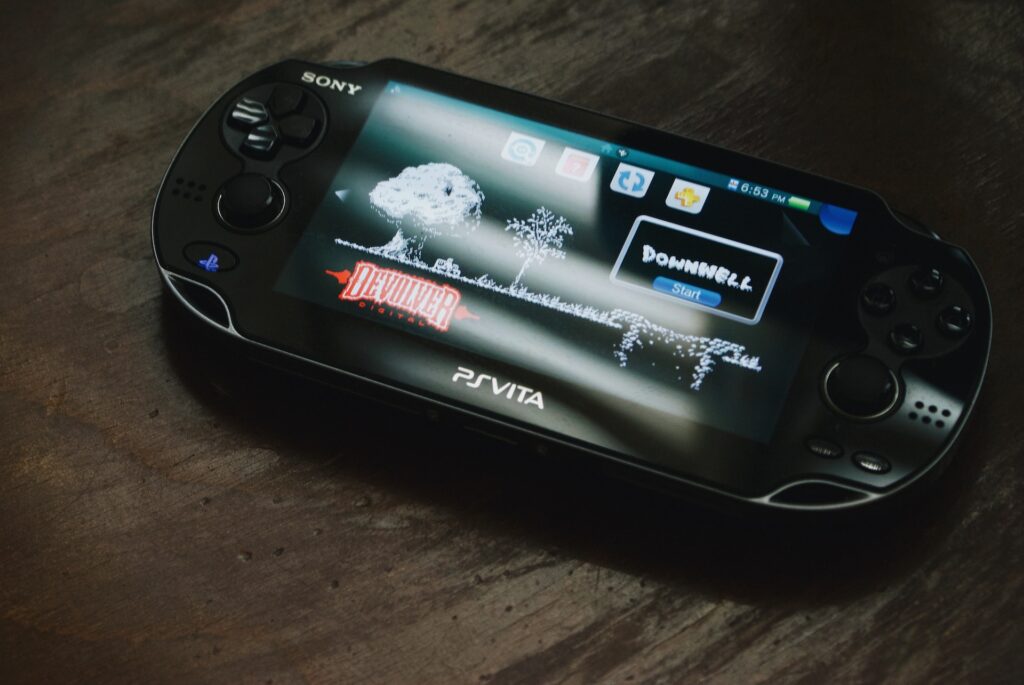
The PS Vita was also the first handheld console to include dual analog sticks, which made it easier for developers to create games with more complex controls.
The PS Vita’s launch lineup included popular titles such as Uncharted: Golden Abyss, Wipeout 2048, and LittleBigPlanet PS Vita. It also introduced new franchises, such as Gravity Rush and Tearaway, which were specifically designed to take advantage of the PS Vita’s unique capabilities.
The PS Vita offered several other features, such as the ability to play music and movies, access to the internet through its built-in web browser, and support for remote play with the PlayStation 3 and 4. It also supported cross-platform play with select PS3 and PS4 games, allowing gamers to play together across different devices.
Despite its impressive hardware and features, the PS Vita faced several challenges during its lifespan, including high pricing and limited third-party support. Sony ultimately stopped producing physical PS Vita games in 2019 and officially discontinued the console in the same year. PS Vita has failed to capture the greatness its predecessors had.
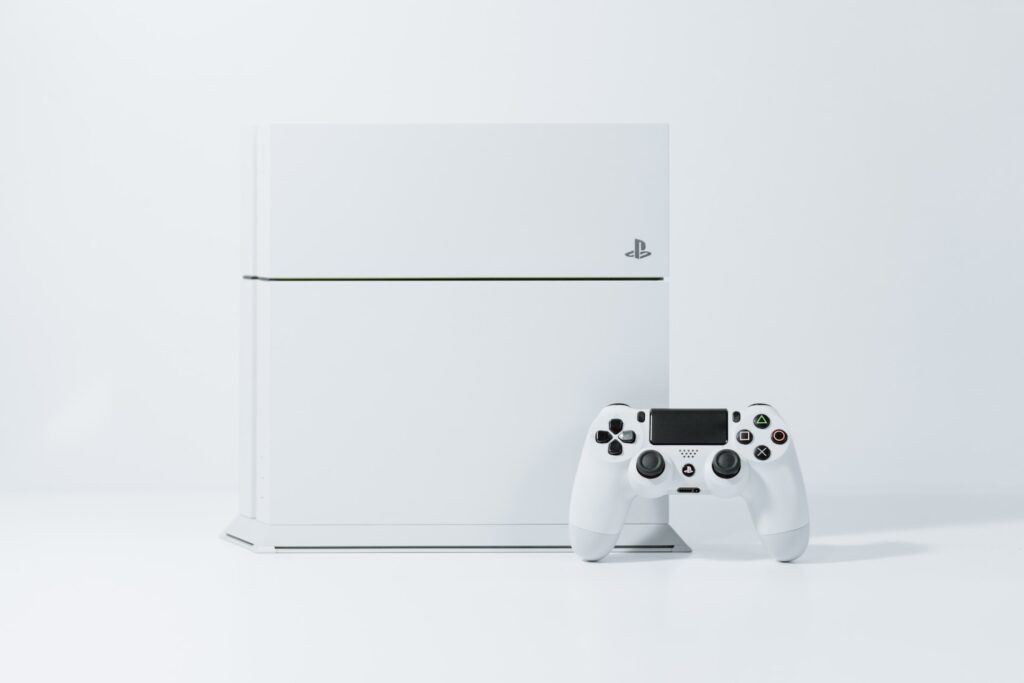
The PlayStation 4 was designed to be a more powerful and versatile gaming console that would appeal to both hardcore gamers and casual players. The PS4 was built with a more streamlined architecture that made it easier for developers to create games for the platform.
The PS4’s launch lineup included popular titles such as Killzone: Shadow Fall, Knack, and Infamous: Second Son. It also introduced new franchises, such as Bloodborne and The Order: 1886, which helped establish the PS4 as a dominant force in the gaming industry.
It offered several other features, such as the ability to stream games over the internet through the PlayStation Now service, and the ability to capture and share gameplay videos with friends and social media. The PS4 also introduced the DualShock 4 controller, which included a touchpad, motion sensors, and a built-in speaker.
The PS4 was a massive success for Sony, selling over 100 million units worldwide as of 2019. Its success was due in part to its impressive hardware and features, but also to the strong support it received from third-party developers and publishers.
PlayStation 5 and Beyond
In 2020, the PlayStation 5 was launched with improved graphics and processing power, as well as a new controller with haptic feedback and adaptive triggers. The PlayStation brand has also expanded into other areas, such as VR and mobile gaming.
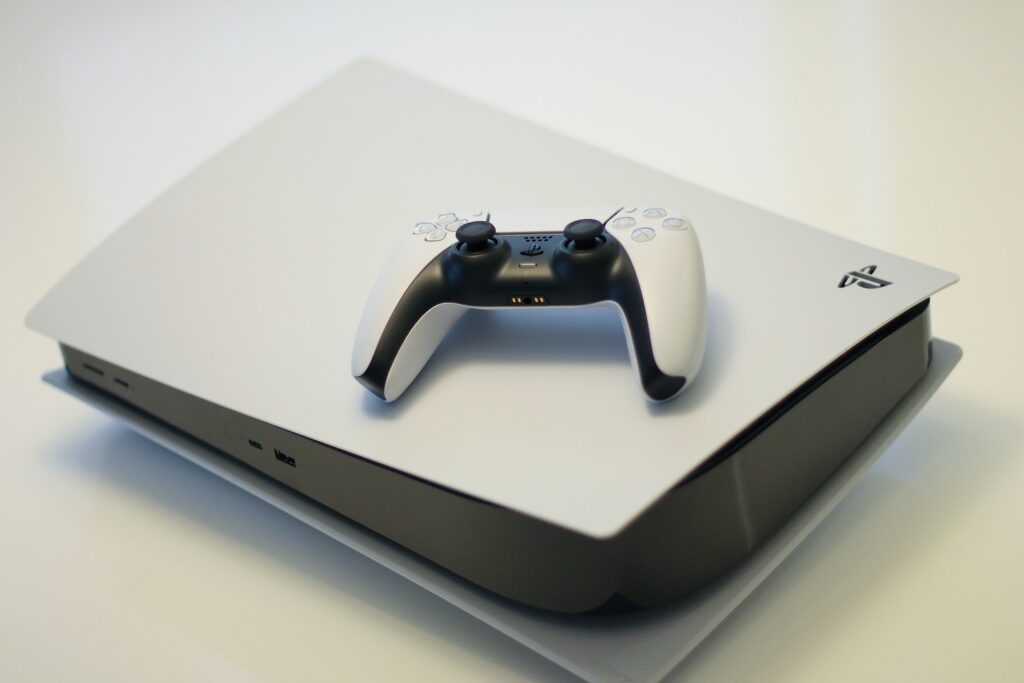
The PS5 is the successor to the PlayStation 4 and introduced several new features, including improved graphics, faster loading times, and support for ray tracing.
The PS5’s development began shortly after the launch of the PS4, and it was designed to be a powerful and versatile gaming console that would take advantage of the latest technology. The console features a custom AMD Zen 2 CPU and AMD RDNA 2 GPU, which allow for improved graphics and faster processing times.
The PS5’s launch lineup included several popular titles such as Spider-Man: Miles Morales, Demon’s Souls, and Sackboy: A Big Adventure. The console also introduced new features, such as haptic feedback on the DualSense controller, which allows players to feel different sensations while playing games.
In addition to its impressive hardware and features, the PS5 also offers several other features, such as the ability to play a vast library of backward-compatible games, including many PS4 titles, and support for 4K resolution and 120Hz refresh rates. The PS5 also includes a built-in ultra-high-speed SSD, which significantly reduces loading times and allows for faster game performance.
The PS5 was highly anticipated by gamers worldwide and has been a commercial success, selling over 10 million units as of July 2021. The console has received critical acclaim for its hardware and features, and its launch has been praised for the number of exclusive titles available to play.
Conclusion
The PlayStation console series has had a major impact on the gaming industry over the past few decades. From the launch of the first PlayStation console in 1994 to the introduction of the PlayStation 5 in 2020, the brand has continued to innovate and push the boundaries of gaming technology. With over 550 million units sold worldwide, the PlayStation brand remains a major force in the gaming world, and it will be interesting to see how it continues to evolve in the future.



